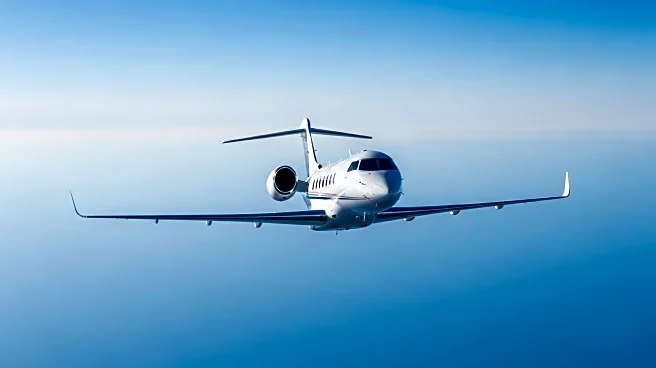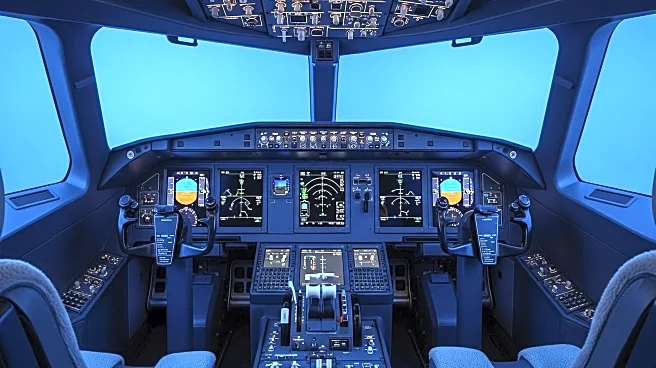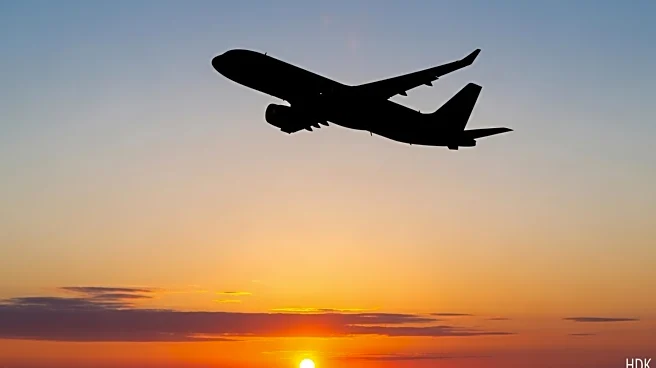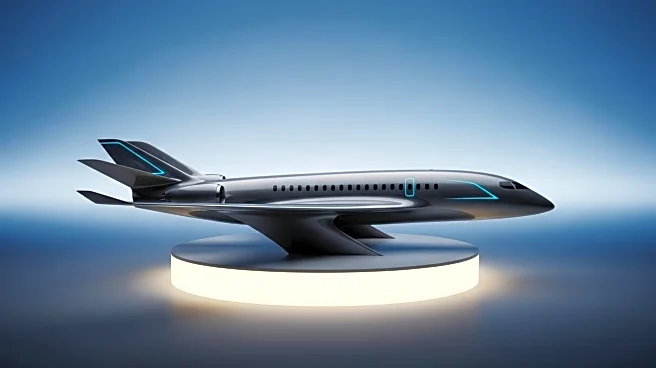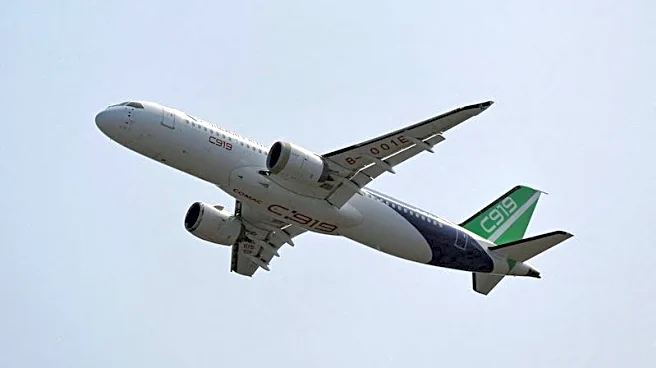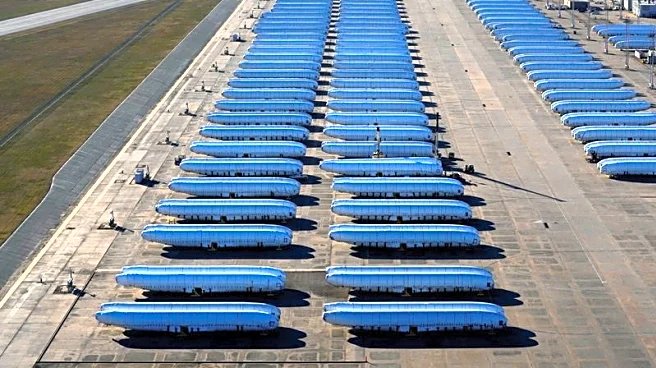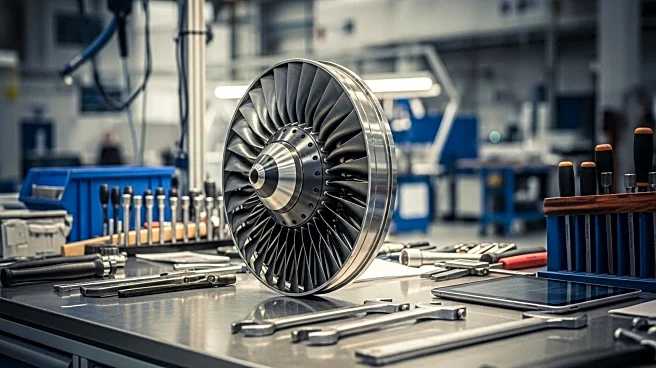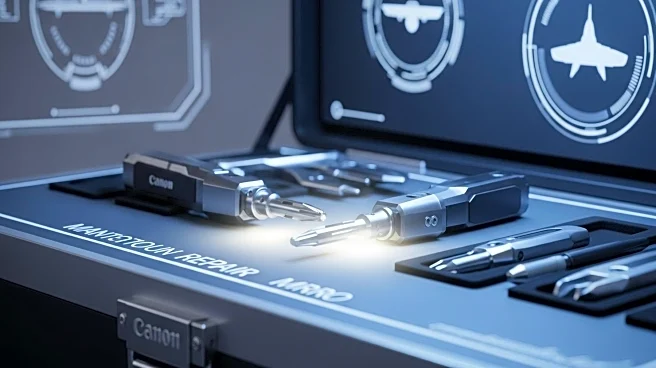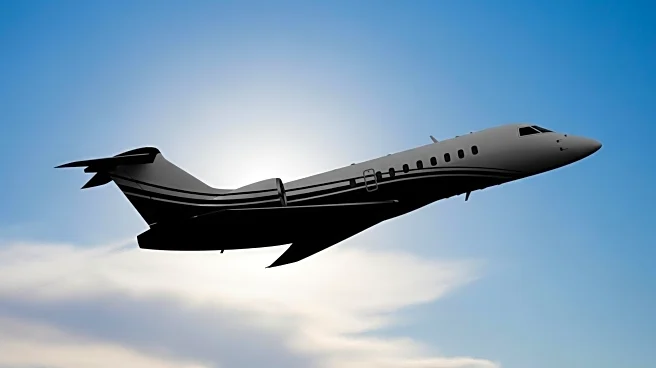What's Happening?
Embraer's E195-E2 aircraft is outperforming its predecessor, the legacy E195, in terms of utilization rates. The E195-E2, powered by Pratt & Whitney engines, offers increased capacity and extended range, averaging over 220 flight hours monthly during peak seasons. This translates to more than seven daily flight hours, allowing for profitable operation on longer routes. In comparison, the legacy E195 averages 160 flight hours monthly, maintaining 80% of its fleet in service. The Airbus A220 family also competes in this market, with the A220-100 and A220-300 averaging approximately 200 monthly flight hours.
Why It's Important?
The higher utilization rates of the E195-E2 highlight its efficiency and capability to meet the demands of modern air travel. This performance is crucial for airlines seeking to maximize operational efficiency and profitability. The competitive dynamics between Embraer's E2 series and Airbus's A220 family reflect the ongoing evolution in the 120-150 seat aircraft market. The ability to operate longer routes with increased capacity positions the E195-E2 as a valuable asset for airlines aiming to expand their service offerings.
Beyond the Headlines
Despite the impressive utilization rates, both the E2 and A220 fleets face durability challenges related to Pratt & Whitney's PW1000G engines. These issues are expected to persist, impacting maintenance and operational costs for airlines. The ongoing development and resolution of these engine challenges will be critical for maintaining the reliability and performance of these aircraft.

